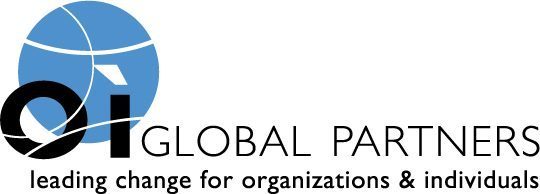For the past several years, I have coordinated monthly job networking meetings in my community. In the meetings, participants want to know different techniques and tools they can use to “give them an edge” in finding positions. Here are 12 useful tips I have presented and discussed recently in our meetings:
 Free job search information and expert advice. Two Internet sites that provide good job search advice, information and resources are job-hunt.org and jobsearch.about.com. There are also links to job boards and state directories on these sites.
Free job search information and expert advice. Two Internet sites that provide good job search advice, information and resources are job-hunt.org and jobsearch.about.com. There are also links to job boards and state directories on these sites.- The top 15 most popular job websites. Go to eBizMBA.com to obtain the top 15 most popular job web sites. The information is updated monthly.
- Get a smartphone / tablet. Owning a smartphone or tablet can help your job search. ob seekers should store copies of their resumes on their mobile devices or tablets so they can respond to recruiter requests immediately. This also shows employers that you are comfortable with new technology.
- LinkedIn’s advance people search. A very helpful feature found in the site’s “People Search” area lets you tap into a nearly 200-million-user database. This feature locates companies that hired your former colleagues. You can access this feature by: Find the Advanced People Search screen by clicking on “People” on the drop-down box at the top of your LinkedIn display; Click “Advanced” to the right; From this screen, enter in the “company” field; Next use the drop down box next to the company to choose “Past not current”; and Click on “Search” to see the results.
- Take a career / personality assessment. A career assessment is a tool which gives you an indication of what jobs are a match for your interests and abilities and which careers you may have an aptitude for. There are a variety of free career assessment tests and tools available online such as Caroyn Kahil’s Colors Test; HumanMetrics assessment; and David Keirsey’s Temperment Sorter.
- Monitor your online brand. To monitor your online reputation, go to Google and enter your name regularly. Remove any inactive profiles or update them to reflect your current personal brand and resume.
- Keep track of job search activities. It is important to organize and manage your activities since you may not hear back from a company for several months. A free internet site like JibberJobber.com can assist you in your organization efforts.
- Internet job boards. Most job seekers are aware that Indeed.com is an employment-related megasearch engine for job listings. The site aggregates job listings from thousands of websites, including job boards, newspapers, associations, and company career pages. But have you used other metasearch sites like juju.com or jobstar.com?
- Your resume. If you’re a person seeking a professional position, your resume needs to contain a summary paragraph that includes several of your competencies related to the position you are seeking. When applying for an hourly position, the Job Objective should include how your employment will contribute to the success and profitability of the organization.
- Publish a marketing document. If you are seeking a professional position, you need to write a Handbill which is sometimes called a Strategy Matrix. This document can be presented to people in your networking activities, and can be given to head hunters to supplement your resume facts. The handbill is an advertisement and contains: what you want to do; why you are qualified to do the job; and can include a value proposition outlining what makes you unique over other candidates.
- The cover letter. Always write a cover letter to accompany your resume when applying to help want ads. A cover letter style that is unique and can grab the attention of the reader is bullet or T-format style. This style contains the company requirements and matches your experience to what the company is seeking. Add a paragraph referring to news about the employer, or use of a quotation informs the reader you have taken the time to customize your letter to the company’s position.
- The four ways of finding your next position. Typically people find job opportunities through answering help wants ads, working with employment agencies, sending out target mailings and networking. In today’s job market a job seeker needs to do all four techniques to uncover job openings. Note that according to Richard Bolles in his book titled What Color Is Your Parachute the worst way to find a position is through answering help want ads, and the best way is by networking.
If you have a tip that you would like to share, let us know through our blog. I am sure fellow job seekers would be grateful in receiving the information.
Also, if you are in transition and need assistance with outplacement – or trying to improve on your skills and could benefit from executive coaching or executive leadership development – contact OI Global Partners today!
Ray Blush has been managing partner of OI Global Partners – Hugh Anderson Associates in Ann Arbor, MI for 17 years. His prior background includes 25 years of top corporate, divisional, and plant-level general management and human resources experience in high-tech medical devices, machine tool and cutting tool industries. He holds an M.B.A. in Industrial Relations from the University of Detroit, and a B.A. from Xavier University. Holds a Certificate in Tool & Die from Macomb County Community College and has taught Small Business Management Continuing Education courses. He has served in leadership roles in several community service organizations. He can be reached at rblush@oipartners.net.
Share this post:

Comments are closed